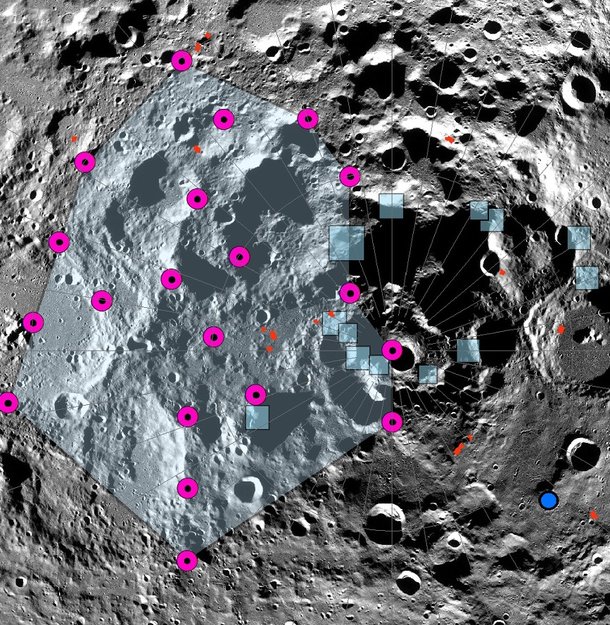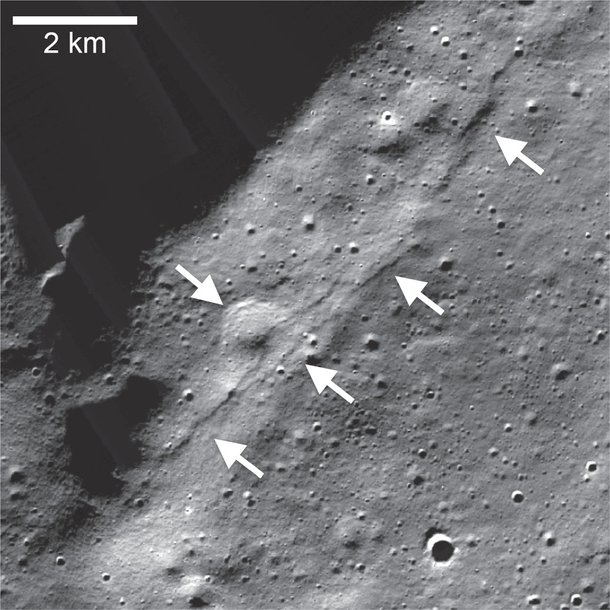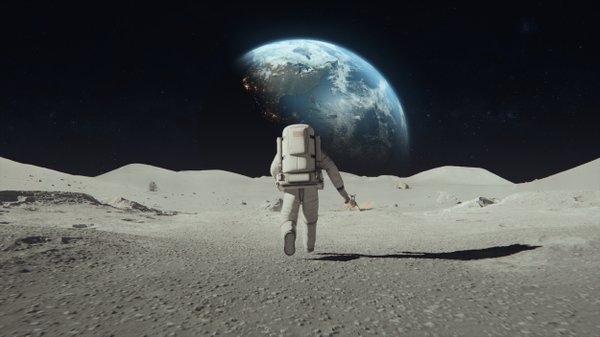As we prepare for the next steps in lunar exploration, a concern arises: Our astronauts may be at risk from lunar quakes. Imagine that you are walking on the moon and suddenly feel the ground shaking under your feet. It sounds like something out of a movie, but scientists warn it's a real possibility.
Geologists tell us that when choosing landing sites for missions like Artemis 3, it's not enough to simply consider the terrain or the presence of underground water. Now, we have to take into account moonquakes and landslides.
Constant earthquakes

The Moon's south polar region is the focus of this alert. This area is scheduled to be the landing site of Artemis 3 in 2026, and has already witnessed a major lunar earthquake about 50 years ago. Previous Apollo missions carried seismometers, and in March 1973, a strong lunar earthquake was recorded toward the Moon's south pole.
Decades later, the Lunar Reconnaissance Orbiter flew over the area and identified a network of fault lines, linking them to the previous lunar earthquake. The message is clear: the moon is not as peaceful as we think.
As the Moon has shrunk over the past million years, its surface has been generating defects. Just like a grape that wrinkles into a raisin, the Moon creates blemishes on the surface as its core cools. These faults lead to lunar earthquakes.
Internal cooling

This seismic phenomenon is caused by the constant contraction of the Moon over hundreds of millions of years, a recession caused by the cooling of our natural satellite.
The Moon's surface, unlike Earth's, is fragile and composed of loose particles that can be easily displaced in collisions. This makes lunar earthquakes more likely to cause landslides than terrestrial earthquakes.
Added to this is the fact that the duration of lunar earthquakes is much longer than those that occur here on Earth. If our phenomena, which last only a few seconds, are already causing massive damage, imagine those on the Moon, which can last several hours.
Thus, a “simple” walk on the moon could pose a major headache for future astronauts. Scientists are particularly wary of the weakness of the walls of Shackleton Crater, which is known to contain lunar ice.
Nicholas Schmer, one of the geologists involved in the research, highlights the importance of preparing our lunar explorers for potentially unstable terrain. Thus, we need robust engineering structures to withstand lunar seismic activity, or alternatively, plans to avoid high-risk areas.

“Friendly zombie fanatic. Analyst. Coffee buff. Professional music specialist. Communicator.”

